Chua
Bao Quoc
Photos Home
Countries
Vietnam
Hue 2018
Traditional Hue
Ho Chi Minh City 2018
All
photos on this page
© John Holstein 2018
© John Holstein 2018

You
can see the steps to the temple at the end of this lane.

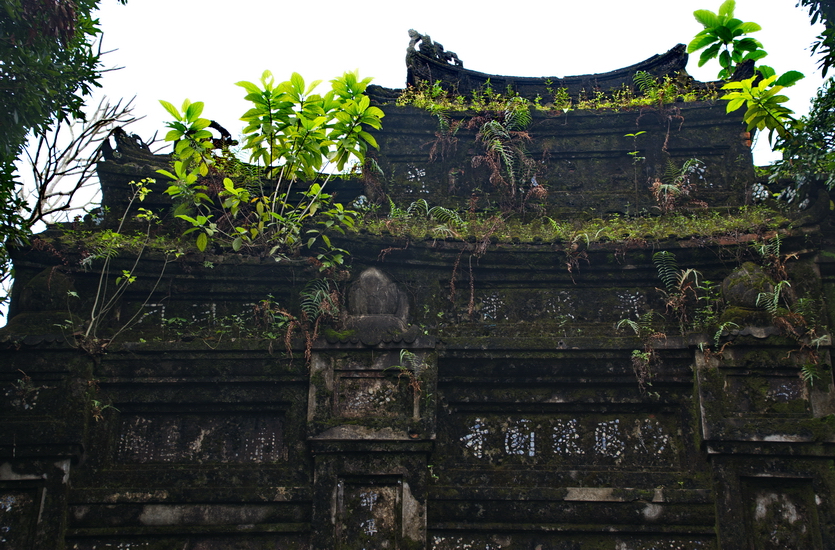
Like
other temples in Hue, upkeep has not stolen its atmosphere of venerable
antiquity. Note, for example, the vegetation thriving on the main gate.
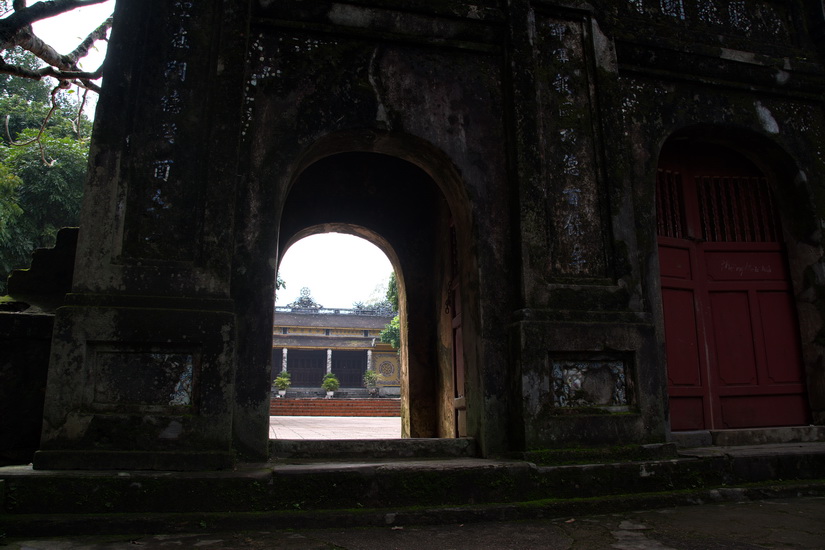
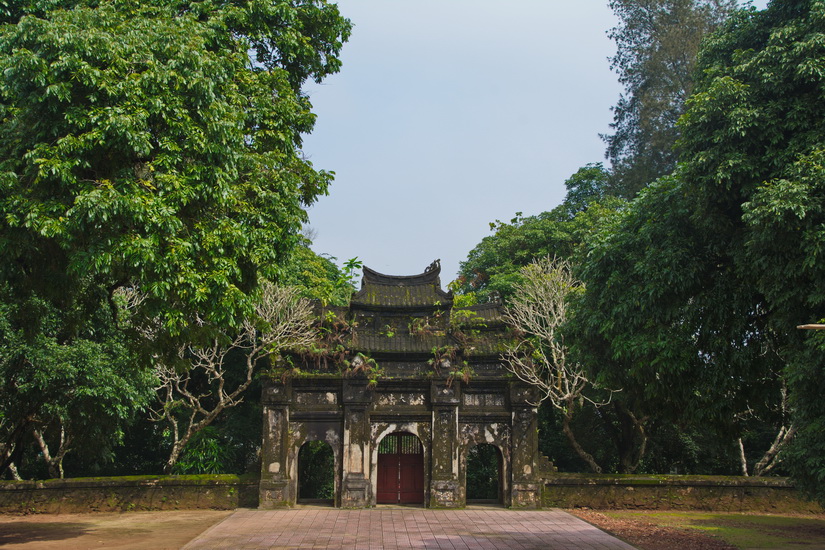
The
main gate from the inside.

Characters
in the top row are standard Chinese. In the lower row are Vietnamese modifications
of and even additions to the Chinese character system; the Vietnamese
script is called Chunom. Wikipedia:
"In contrast to the few hundred Japanese kokuji and handful
of Korean gukja, which are mostly rarely used characters for
indigenous natural phenomena, Vietnamese scribes created thousands of
new characters, used throughout the language."

A
resident monk gave me a tour of the temple and prepared the lighting here
so I could get a couple shots with my camera, then gave me some more time
for a nice long talk. Teaching now in the attached monastery school, he
got his PhD in France but also speaks elegant English.
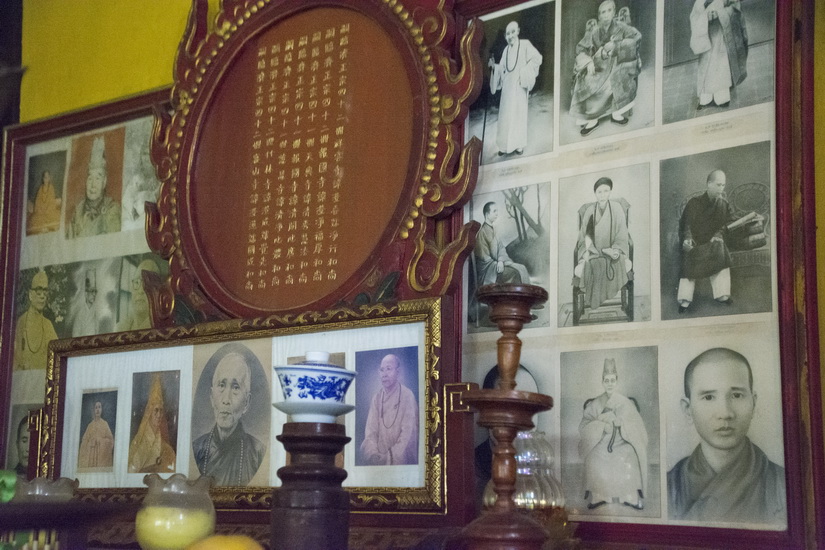
Monks
who have passed on.
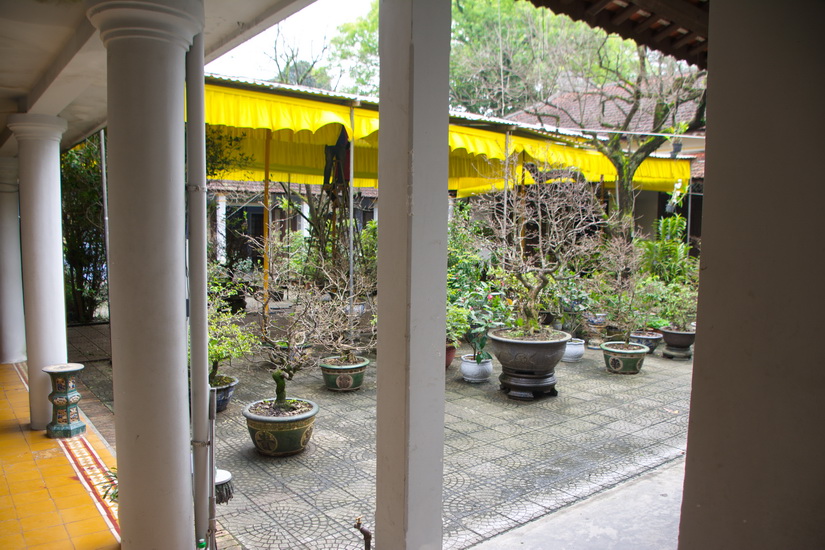
The
temple's bonzai garden.
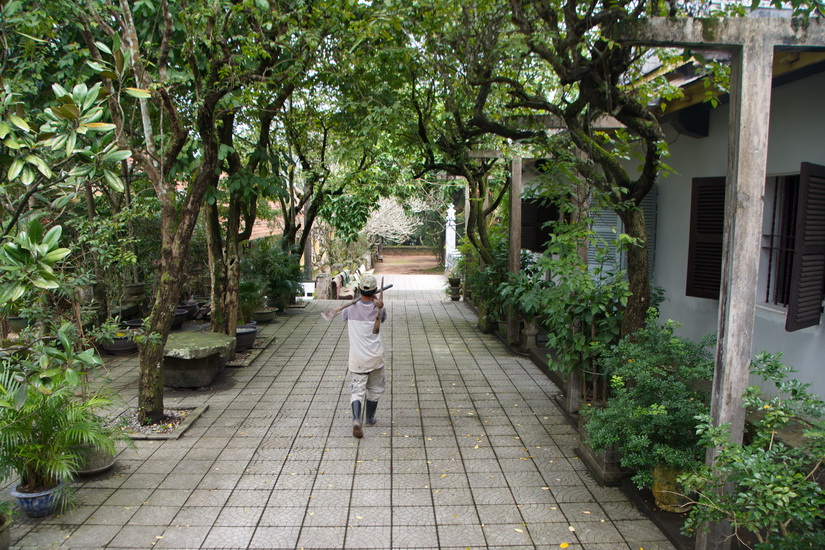
Every
tree is very old and very special.
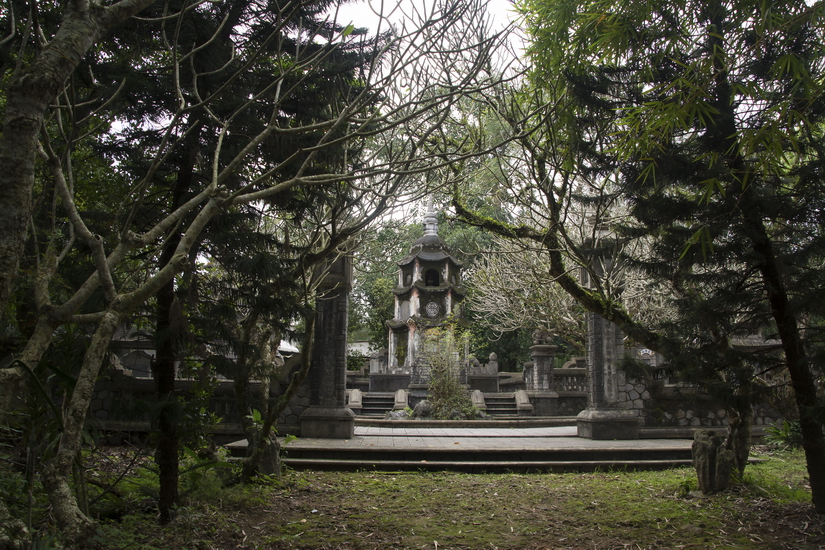
This
pagoda (stupa) is in the cemetery on the grounds of Chua Bao Quoc. Every
pagoda has the ashes of its host monk.
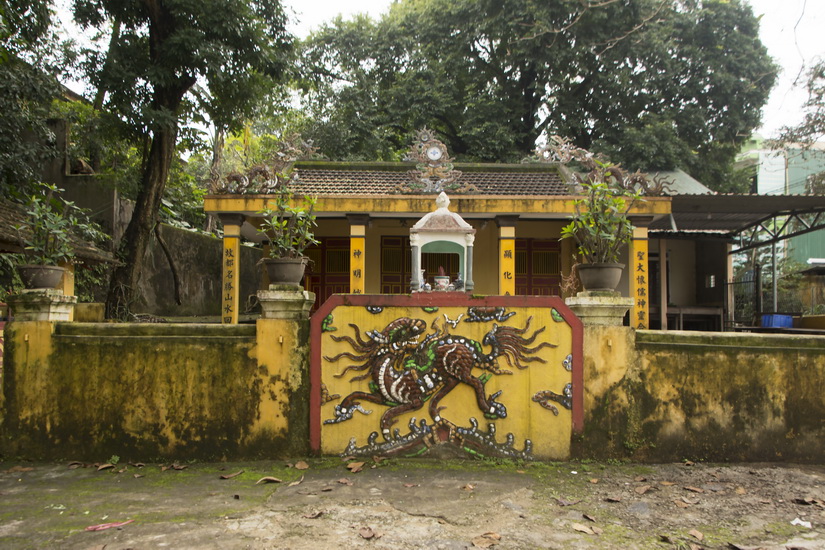
This
building is an attached shrine of Chua Bao Quoc, about 300 meters from
the main gate.
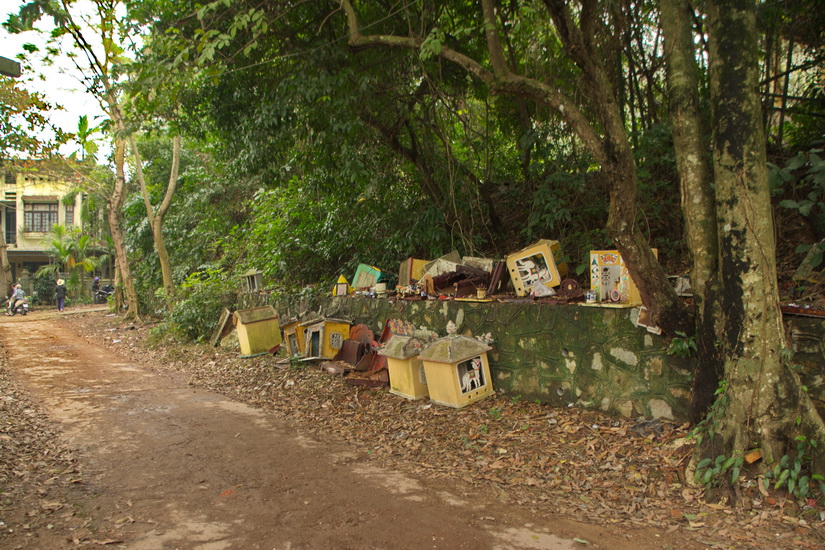
I
can't explain why these spirit houses are all piled here, on the path
between the main gate and the attached shrine.
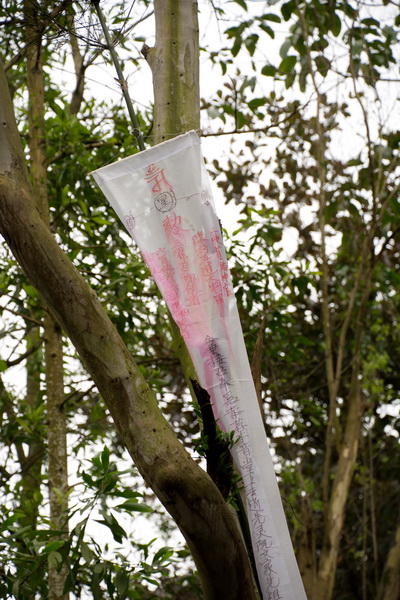
Several
of these prayer flags adorn the trees across the lane from the attached
shrine.

A
common dragon representation on the pinnacle of temple and shrine roofs.
All of these mosaic scuptures that I saw were made of broken ceramics
and bottle glass.
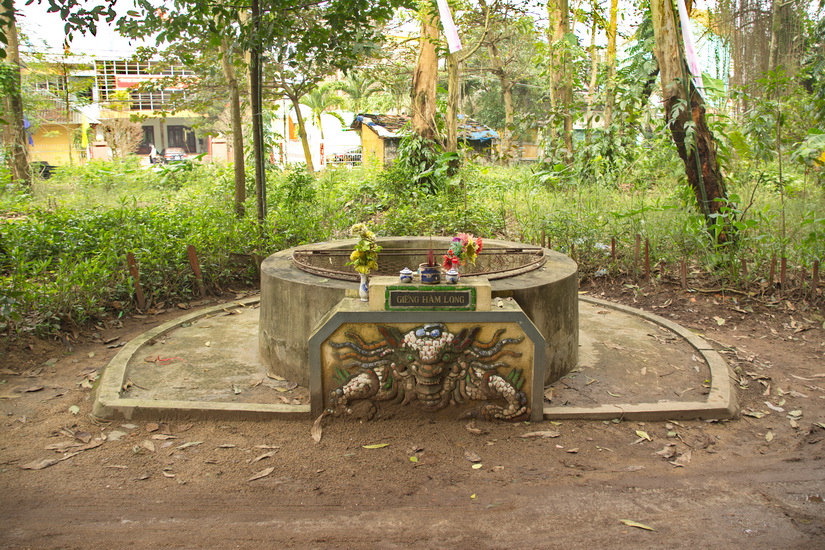
In
the lot across the lane from the attached shrine, another mosaic bas-relief.
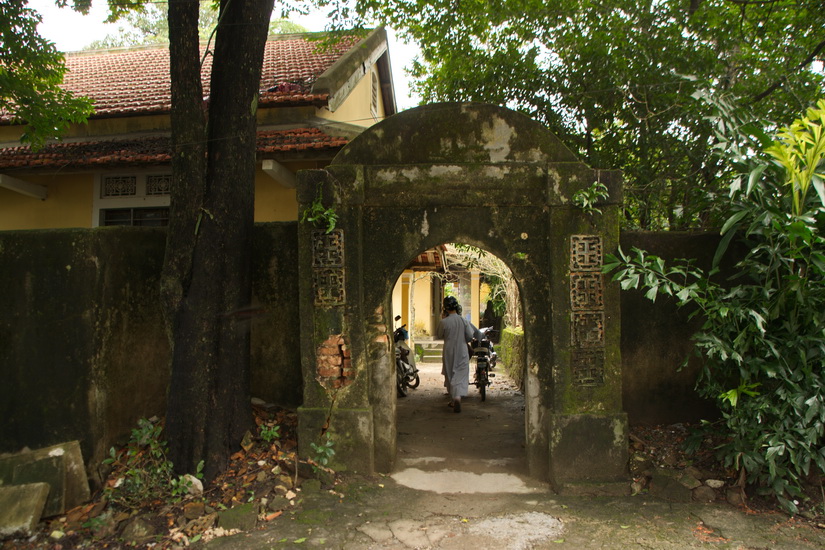
The
gate to the monastery school.
Back to Traditional
Hue